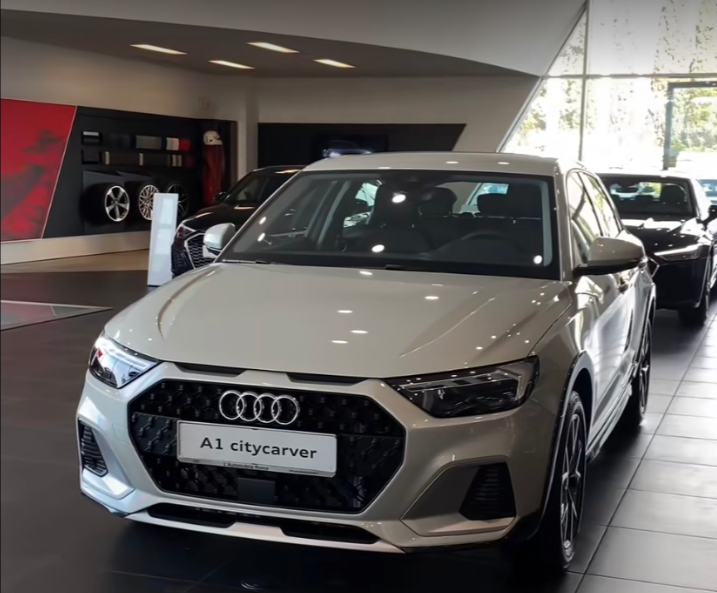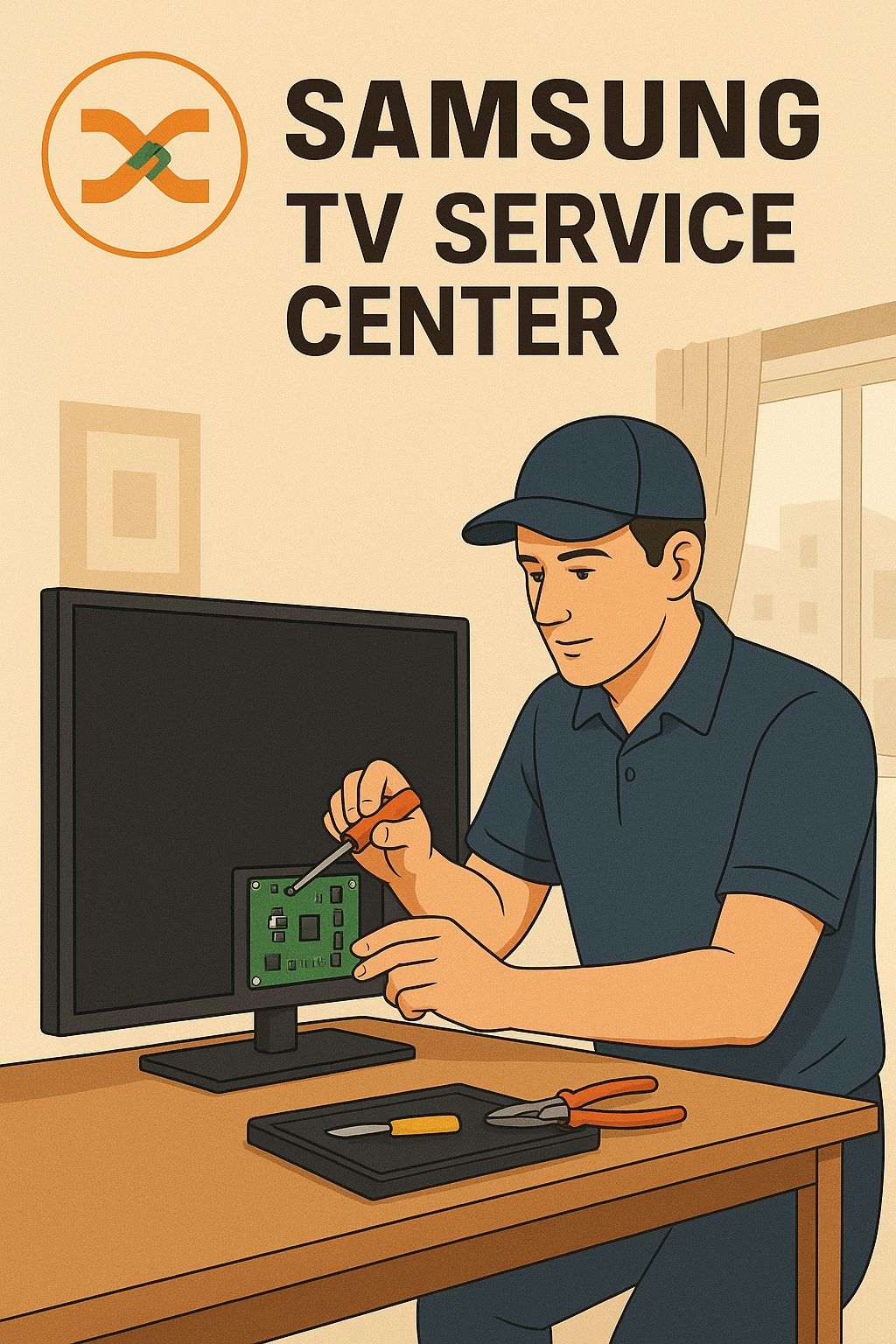When I first considered an autolease, I felt lost. The jargon alone made my head spin. Terms like residual value, money factor, and disposition fee sounded intimidating. But over time, I discovered that understanding the nuances of car leasing could turn confusion into confidence. If you’re in the same place I was, unsure about whether leasing is right for you, this guide will help.
What Is Autolease?
Autolease is essentially a way to use a vehicle without buying it outright. You pay a monthly fee for a set period, usually 24 to 48 months, and at the end of that period, you return the car. Unlike owning a car, leasing focuses on usage, not long-term ownership. For many people, this approach offers financial flexibility and the chance to drive a new model every few years.
When I first tried a lease auto, I realized how practical it was. I wanted a reliable car without the headache of maintenance costs and depreciation. With an autolease, I could drive a brand-new car while keeping monthly costs predictable.
Benefits of Autolease
Leasing has several advantages that make it an appealing option:
-
Lower Monthly Payments: Since you’re paying for the car’s depreciation, not its full value, lease payments are usually lower than buying.
-
Drive Newer Models: Leasing allows you to experience the latest technology, safety features, and fuel efficiency every few years.
-
Lower Maintenance Costs: Most leased cars are under warranty, which means fewer unexpected repair bills.
-
No Resale Hassles: When your lease ends, you return the car to the dealer or leasing company, avoiding the stress of selling a used vehicle.
-
Flexibility: Many leases offer options to buy the car at the end or switch to a new model.
During my first lease, I appreciated the simplicity of having all costs—insurance, maintenance, and monthly payments—planned in advance. It gave me peace of mind while enjoying a brand-new car experience.
Lease Auto vs. Buying
Deciding between a lease auto and purchasing a vehicle depends on lifestyle, driving habits, and financial priorities. Here’s a clear comparison:
| Feature | Leasing | Buying |
|---|---|---|
| Monthly Payments | Lower | Higher |
| Ownership | No | Yes |
| Maintenance Costs | Often covered by warranty | Out-of-pocket after warranty |
| Mileage Restrictions | Yes | No |
| Customization | Limited | Unlimited |
If you enjoy driving a new car every few years without worrying about resale value, leasing is ideal. However, if you plan to keep your car long-term or want freedom to customize it, buying may suit you better.
I personally chose leasing because I drive a lot for work and wanted predictable costs. Having the flexibility to change cars every few years was a big plus for me.
Understanding Lease Terms
Leasing comes with its own set of terms. Here’s what you need to know:
-
Capitalized Cost (Cap Cost): This is the negotiated price of the car at the start of the lease.
-
Residual Value: The estimated worth of the car at the end of the lease. Higher residual values usually mean lower monthly payments.
-
Money Factor: This is essentially the interest rate for the lease. It can be converted into an annual percentage rate to compare with financing.
-
Mileage Allowance: Most leases limit the number of miles you can drive annually. Exceeding this can result in extra charges.
-
Disposition Fee: A fee charged at the end of the lease for preparing the car for resale.
Understanding these terms saved me from unexpected fees. Before signing any lease, I made sure I understood what I was committing to.
Common Hidden Costs
Even though leasing can be cost-effective, there are potential costs to watch for:
-
Excessive Wear and Tear: Any damage beyond normal use can result in extra charges.
-
Mileage Overages: Driving beyond the agreed limit often incurs significant fees.
-
Early Termination Fees: Ending a lease before the term is up can be very expensive.
-
Disposition Fees: Charged when returning the car, this fee covers cleaning and resale preparation.
I remember a friend who leased a car and didn’t track mileage carefully. At the end of the lease, he faced hundreds in extra fees. That experience reminded me to read the lease agreement carefully and monitor my usage.
Car Leasing for Individuals and Businesses
Autolease isn’t just for personal use. Many businesses benefit from leasing vehicles for employees or company operations. Business car leasing offers tax advantages and predictable monthly costs. For instance, many small business owners choose lease auto options to avoid large upfront investments while providing reliable transportation for their team.
If you’re considering car leasing for your business, keep in mind:
-
Tax Benefits: Lease payments can often be deducted as business expenses.
-
Maintenance Convenience: Many leases include maintenance, which reduces administrative work.
-
Vehicle Upgrades: Businesses can keep fleets modern without significant capital expenditure.
Choosing the Right Lease Auto
Picking the right car and lease plan is crucial. Here’s a process that worked for me:
-
Determine Your Budget: Know what you can afford monthly without stretching your finances.
-
Decide on Mileage Needs: Estimate your annual driving to avoid overage fees.
-
Research Vehicle Options: Look for cars that meet your needs in comfort, safety, and technology.
-
Compare Lease Deals: Don’t settle for the first offer. Look at different dealers and online options.
-
Read the Fine Print: Understand all terms, fees, and conditions before signing.
By following this approach, I found a lease auto that fit my lifestyle perfectly, without surprises.
Smart Lease: Your Partner in Car Leasing
Navigating autolease can be overwhelming, but Smart Lease simplifies the process. Their team helps you understand every aspect of car leasing, from monthly costs to lease terms and residual value. Whether you want a new car for personal use or a fleet for your business, Smart Lease provides tailored solutions.
I worked with Smart Lease when I wanted to switch from my old car to a newer model. They helped me compare lease options, explained the fine print, and ensured I got a fair deal. Their support made the process smooth and stress-free.
Tips for a Successful Lease
-
Track Your Mileage: Keep an eye on your miles to avoid penalties.
-
Maintain Your Car: Proper maintenance helps prevent excess wear and tear charges.
-
Plan Ahead for Lease End: Decide early if you want to buy the car, return it, or switch to a new lease.
-
Ask Questions: Don’t hesitate to clarify anything in the lease agreement.
Following these tips helped me enjoy my leased car without any surprises at the end of the term.
Final Thoughts
Leasing a car offers flexibility, lower monthly payments, and the excitement of driving a new vehicle every few years. By understanding the terms, costs, and benefits of autolease, you can make informed decisions that fit your lifestyle and financial situation.
The journey to finding the right lease auto is personal. Take your time, compare options, and remember that support from professionals like Smart Lease can make the process much easier. I know firsthand how much peace of mind a well-planned lease can bring, and now, every time I drive a new car, I enjoy it fully, knowing I made a smart choice.


